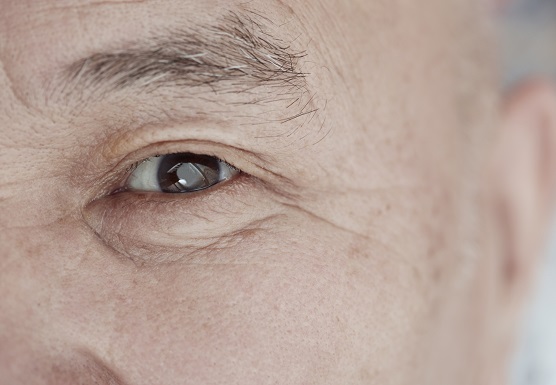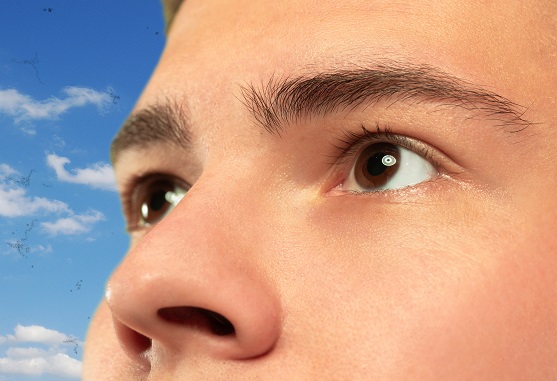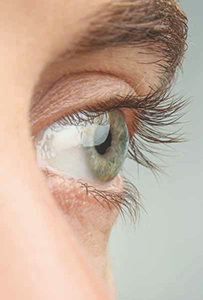Cataract Surgery – Choosing Your Lenses

Cataracts cannot be cured with medication, but are easily treated with surgery to remove the clouded lenses and replace them with artificial ones. The question is – which type of lens implant is best for you? Dr Julian Theng, Director, LASIK Services, Cornea Services, and Refractive Surgery, Eagle Eye Centre, explains.
CATARACTS – WHY AND HOW THEY FORM
Cataracts are responsible for up to 50 percent of blindness worldwide and are extremely common among the elderly. A cataract can develop in only one eye and are usually not symmetrical in both eyes. They usually occur as we age due to natural changes in the lens fibre. However, they can also be caused by trauma or systemic conditions such as diabetes. Long-term use of steroid medication has also been linked to cataract formation.
The eye’s natural lens helps to focus light onto the retina, allowing us to see. The formation of a cataract therefore affects how light passes in the eye to the retina. This causes blurring of vision changes in colour perception, double vision and a sudden change in spectacle prescription. As a result, some people with cataracts might find their daily activities compromised.
If you have any of these issues, then cataract surgery will help you.
WHAT SURGERY ENTAILS
During cataract surgery, a small ultrasound probe is inserted in the cornea through a small incision, measuring 2mm to 3mm, to break the cataract up into small fragments.
These fragments are then sucked out through the same probe. An artificial intra-ocular lens implant is then delivered through an injector into the transparent lens bag that is left intact in the eye.
IN CASES OF CATARACTS AND MYOPIA
If you also have myopia, current technology allows doctors to precisely determine the parameters for the lens implant to help treat your myopia at the same time. After successful surgery, you will no longer have to depend on spectacles to view objects at far distances.
MULTIFOCAL LENSES VS. MONOFOCAL LENSES
The two main ways of solving your myopia and age-related presbyopia, or ‘lau hua yan’ in Mandarin, are by using either one of two types of lens implant – multifocal and monofocal.
Multifocal lens implants allow each of your eyes to view objects at far and near distances at the same time. It is not true that the chances of good near vision with multifocal implants are slim. However, the downside is that these lenses might cause glare and halos at night and a slight loss of contrast.
These lenses offer very good near vision under good lighting conditions. However, they are unsuitable for patients with underlying eye conditions such as age-related macular degeneration.
Monofocal lens implants allow doctors to adjust each eye’s focus point to the desired distance. Typically, the dominant eye will be adjusted to see far objects (0 degrees). The non-dominant eye will then be adjusted to see near objects by targeting this eye to have low myopia of about 125 degrees.
This is what we call monovision, which tends to be the choice of patients who are afraid of the side-effects of multifocal implants. It allows the patient to be free of spectacles for most daily activities, including reading under good lighting conditions and daytime driving. However, spectacles may be required for reading fine print, prolonged reading or night driving.
SAFE AND SUCCESSFUL OUTCOMES
Regardless of whichever type of lens you choose, the good news is that cataract surgery is generally safe and successful. Surgery is performed in under an hour and no overnight stay in hospital is required. If you have been struggling with cataract-related vision loss, just think what a difference a day could make to the rest of your life!
These fragments are then sucked out through the same probe. An artificial intra-ocular lens implant is then delivered through an injector into the transparent lens bag that is left intact in the eye.
PREVENTION OF CATARACTS
No studies have proved how to prevent cataracts or slow the progression of cataracts. But doctors think several strategies may be helpful, including:
-
- Have regular eye examinations. Eye examinations can help detect cataracts and other eye problems at their earliest stages. Ask your doctor how often you should have an eye examination.
- Quit smoking. Ask your doctor for suggestions about how to stop smoking. Medications, counseling and other strategies are available to help you.
- Manage other health problems. Follow your treatment plan if you have diabetes or other medical conditions that can increase your risk of cataracts.
- Choose a healthy diet that includes plenty of fruits and vegetables. Adding a variety of colourful fruits and vegetables to your diet ensures that you are getting many vitamins and nutrients. Fruits and vegetables have many antioxidants, which help maintain the health of your eyes.
Studies have not proved that antioxidants in pill form can prevent cataracts. But, a large population study recently showed that a healthy diet rich in vitamins and minerals was associated with a reduced risk of developing cataracts. Fruits and vegetables have many proven health benefits and are a safe way to increase the amount of minerals and vitamins in your diet.
- Wear sunglasses. Ultraviolet light from the sun may contribute to the development of cataracts. Wear sunglasses that block ultraviolet B (UVB) rays when you are outdoors.
- Reduce alcohol use. Excessive alcohol use can increase the risk of cataracts.
SOURCES
https://www.mayoclinic.org/diseases-conditions/cataracts/symptoms-causes/
Article contributed by Dr Julian Theng, accredited doctor from Mount Alvernia Hospital.
This article is taken from our MyAlvernia Magazine Issue #37. Click here to read the issue on our website or on Magzter.


